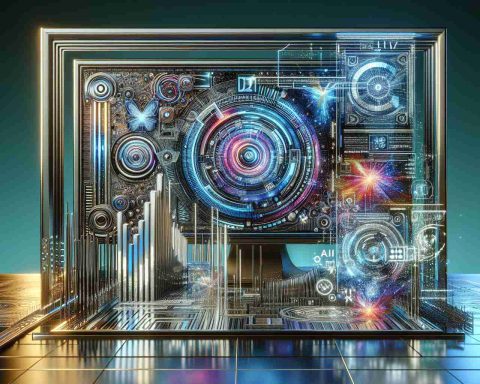In the upcoming academic year 2024-2025, Ho Chi Minh City is set to elevate its educational framework by integrating advanced technology and digital transformation. The Department of Education and Training (DoET) aims to guide students in acquiring knowledge about artificial intelligence (AI) and promoting language and computer skills aligned with international standards.
As part of this initiative, specialized high schools like Le Hong Phong will incorporate AI topics into their curricula. Students will be engaged in exploring mathematical models, comprehending AI algorithms, and applying these concepts to solve real-world challenges. They will also learn about the latest AI applications across various sectors, collaborating in teams to develop scientific reports.
Teachers are encouraged to weave fundamental AI concepts into their lessons and learning themes. This approach will be enriched by updating the curriculum to include practical AI applications relevant to everyday life.
Moreover, the DoET stresses the importance of enhancing the English language environment for both educators and students. This includes collaborative teaching efforts with foreign instructors where feasible. Students are encouraged to participate in international English proficiency assessments.
The initiative also promotes learning additional languages such as Chinese, Japanese, and Korean based on student interest and enrollment. To comply with the 2018 general education program requirements, schools will allocate qualified teachers for career guidance, enhancing the quality and relevance of vocational education to meet evolving labor market needs.
Enhancing Education Through Technology and AI in Ho Chi Minh City
As Ho Chi Minh City gears up to enhance its educational framework in the 2024-2025 academic year, the integration of technology and artificial intelligence (AI) represents a transformative leap for the region. The Department of Education and Training (DoET) plans to not only implement state-of-the-art educational technologies but also address critical challenges related to their adoption.
Key Questions and Answers
1. What specific technologies will be used in classrooms?
The integration will involve tools such as AI-driven tutoring systems, interactive digital platforms for collaborative learning, and applications that utilize virtual or augmented reality for immersive educational experiences.
2. How will the curriculum change?
The curriculum will integrate AI principles across various subjects, encouraging interdisciplinary approaches where science, mathematics, language, and ethics meet the innovative tools of AI. The focus will be on problem-solving and analytical skills.
3. What training will teachers receive?
Teachers will undergo training workshops on integrating technology and AI into their teaching methods effectively. This training will emphasize pedagogical techniques that leverage digital tools to enhance student engagement and learning outcomes.
Key Challenges and Controversies
Despite the promising vision of a technology-enhanced education system, several challenges must be navigated:
– Digital Divide: There exists a significant disparity in access to technological tools and the internet between urban and rural students. This could widen educational inequalities if not addressed properly.
– Teacher Preparedness: There is a pressing need to ensure that all educators are equipped with the necessary skills and knowledge to effectively incorporate these technologies into their teaching.
– Proliferation of Misinformation: As students engage with AI tools, they must be taught to critically evaluate information, combating the risks of misinformation that can arise from reliance on automated systems.
Advantages and Disadvantages
Advantages:
– Enhanced Engagement: Interactive technologies can make learning more engaging and enjoyable for students, fostering a love for learning.
– Personalized Learning: AI can tailor educational experiences to meet individual learning paces and styles, making education more effective.
– Preparation for the Future: By learning AI and technology literacy, students will be better equipped for future job markets that increasingly demand tech-savvy workers.
Disadvantages:
– Dependence on Technology: Over-reliance on technology may hinder the development of traditional skills, such as critical thinking and interpersonal communication.
– Implementation Costs: Upgrading infrastructure and providing necessary resources can be financially burdensome for educational institutions.
– Potential Job Displacement: The shift towards technology in education could result in reduced job opportunities for traditional educators if not managed carefully.
Conclusion
The move to enhance education through technology and AI in Ho Chi Minh City is a significant step towards modernizing educational practices. Careful planning, inclusive training, and ongoing assessment will be essential in overcoming challenges and maximizing the benefits of this innovative approach. The community looks forward to a future where education is not just about knowledge but also about equipping students with the skills they need to thrive in an increasingly digital world.
For more information about the educational developments in Ho Chi Minh City, visit the official education department page at hcm.edu.vn.

















